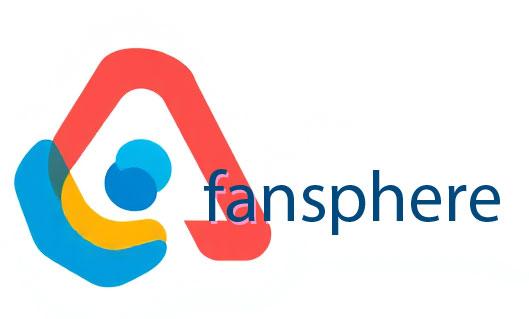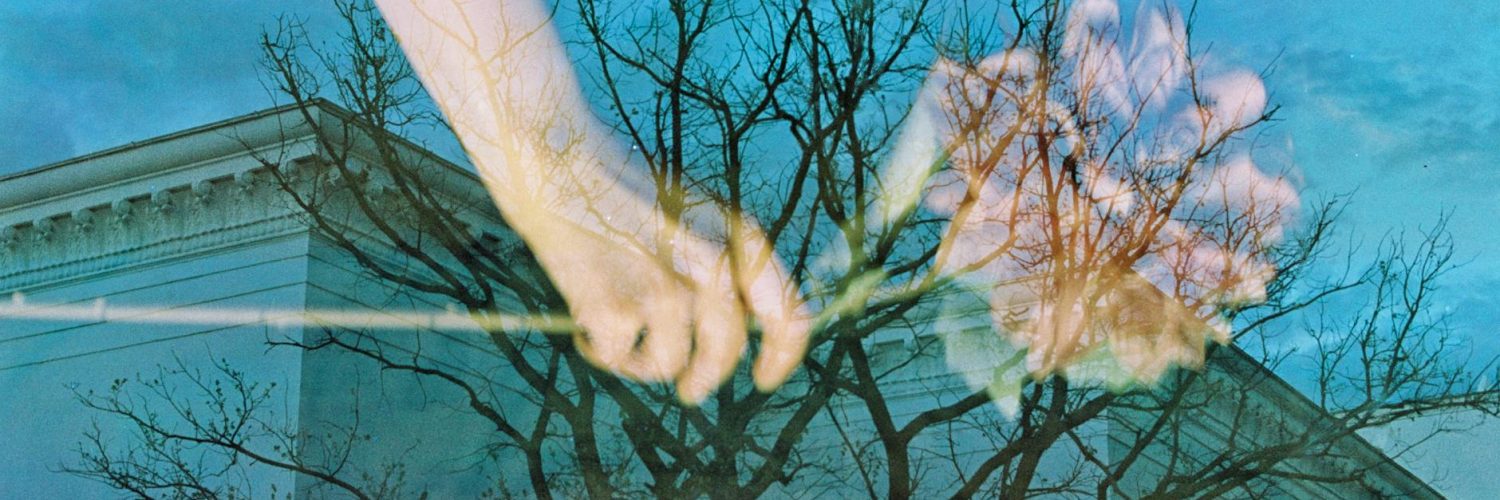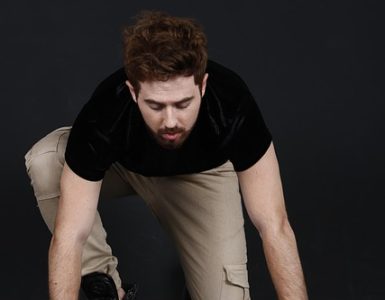Ever notice how certain movies seem to echo specific musical pieces, or how a painting’s color palette subtly mirrors a scene in a play? We often consume entertainment and art in silos, appreciating each on its own merit. But what if I told you there are hidden connections, fascinating overlaps, and surprising influences weaving through them all? Let’s dive into some overlooked insights, exploring the unexpected harmonies between these seemingly disparate worlds.
The Unseen Soundtrack: How Music Shapes Cinema
Think back to some of your favourite movie scenes. Remember the soaring strings during a triumphant moment in Lord of the Rings, or the chilling dissonance during the shower scene in Psycho? Music isn’t just background noise; it’s a powerful storytelling tool. It shapes our emotions, guiding our interpretation of what we see on screen. But often, we miss the subtle artistry involved. Consider how Bernard Herrmann’s iconic score for Psycho actually uses atonality and dissonance, creating a sense of unease and dread far beyond the visuals. It’s not just the notes themselves; it’s the *absence* of expected harmonies that amplifies the horror. This clever manipulation of musical expectation actively *creates* the psychological horror we experience. How Do Movies Use Special Effects?
Furthermore, think about the use of leitmotifs – recurring musical themes associated with specific characters or ideas. Wagner pioneered this in opera, and it’s been a staple in film scoring ever since. In Star Wars, Darth Vader’s theme immediately conveys his ominous presence, even before he appears on screen. The music *tells* the story, often more effectively than dialogue could.
Color’s Silent Symphony: Visual Storytelling in Art and Film
Visual artists have long understood the power of color. Think of the vibrant hues of Impressionist paintings or the stark contrasts of a German Expressionist film like The Cabinet of Dr. Caligari. But the impact of color goes beyond aesthetics; it’s a powerful tool for emotional communication. Blue often evokes sadness or tranquility, while red can symbolize passion, anger, or danger. Filmmakers use this knowledge to create mood and atmosphere. Consider how Wes Anderson consistently employs saturated, symmetrical palettes in his films, contributing to their distinctive, almost whimsical aesthetic. The colors aren’t just “pretty”; they’re integral to the story’s tone.
This interplay of color is further enhanced in a cross-media context. Look at how a graphic designer for a movie poster might use specific color schemes that are inherently evocative of the film’s genre or emotional core, drawing on long-established visual language. The same goes for album art – the colors selected can subtly hint at themes or styles before even listening to a single song.
Beyond Brushstrokes: The Influence of Art Movements on Film
Film, in many ways, is a visual art form. It’s not surprising, then, that artistic movements profoundly impacted filmmaking. German Expressionism, with its distorted sets and dramatic lighting, influenced countless horror and thriller films. The chiaroscuro techniques of Renaissance painters, with their stark contrasts of light and shadow, were used in film noir to create atmosphere and tension, even visually mirroring internal conflicts. The surrealism of artists like Dali and Magritte can be seen in the dreamlike sequences and unconventional imagery of films like Alice in Wonderland or Mulholland Drive.
The Dance of Narrative: Shared Storytelling Techniques
Both art and entertainment employ similar storytelling techniques. Consider the concept of the “hero’s journey,” a narrative archetype popular in mythology, literature, and film, following a character’s transformation through trials and tribulations. This structure, popularized by Joseph Campbell, is employed across various media, showing the universality of certain narrative principles. Furthermore, the use of symbolism, metaphor, and allegory is widespread across art forms – a lone tree in a painting might symbolize isolation, while a similar image in a film could communicate a character’s alienation or vulnerability.
Consider the recurring themes throughout different storytelling formats: the struggle against evil, the search for redemption, the exploration of love and loss. These timeless narratives transcend specific genres and mediums, appearing in everything from ancient Greek tragedies to modern superhero movies, signifying that the core human experiences remain essentially constant throughout our history, expressed differently based on the time and medium.
The Unexpected Muse: How Art Inspires Art
Finally, let’s not forget the direct influence of one art form upon another. Movies have been adapted from novels countless times, while musical scores are often commissioned to accompany visual art exhibitions. The artistic process itself is often cyclical, with works inspiring other works, creating a rich tapestry of interconnected ideas and expressions. The paintings of Edward Hopper, for example, are often cited as inspiration by filmmakers for their portrayal of loneliness and urban alienation – inspiring a visual language that continues to resonate within cinematographic choices.
In conclusion, the world of entertainment and art isn’t a collection of isolated islands. Instead, it’s a dynamic interconnected network, where influences, techniques, and themes flow freely between different mediums. By recognizing these hidden harmonies, we can deepen our appreciation of both the individual works and the creative process as a whole. Looking beyond the surface reveals a richer, more nuanced understanding of the power and impact of storytelling in all its forms.

























Add comment